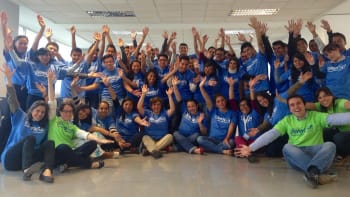Three Strategies for Closing the Education-to-Employment Gap

In a recent article in the Stanford Social Innovation Review, Generation Executive Director, Dr. Mona Mourshed, shares her thoughts on how we close the education-to-employment gap.
The final draft of the UN’s Sustainable Development Goals—the targets for reducing poverty and stoking economic growth that member countries have agreed to achieve over the next 15 years—includes a new section directly related to jobs that could, if properly executed, substantially increase the number of global youth—and adults—with “relevant skills … for employment, decent jobs, and entrepreneurship.”
Linking up job-seekers, particularly those just starting their professional lives, with steady, well-paid jobs is a major challenge for developing countries. More than 75 million young people are unemployed worldwide, and three times as many are underemployed—either working in jobs below their skill level or working fewer hours than they would like. Today, the average young worker is three times as likely as her parents to be out of work, denying her the opportunity to provide for herself and her family, and to start cultivating the skills and habits that can support a fulfilling career.
But there’s an important wrinkle that workers, educators, employers, and policymakers need to appreciate: In many cases, there are jobs available for young workers, but they don’t have the skills required to secure them. Indeed, two out of every five employers globally reports that they have an entry-level job opening but can’t find a qualified candidate to fill it.
There are three things that employers and other stakeholders can do to close these gaps.







